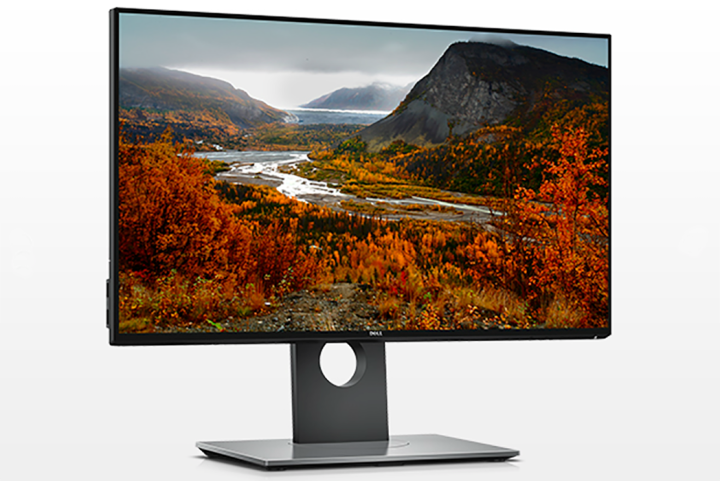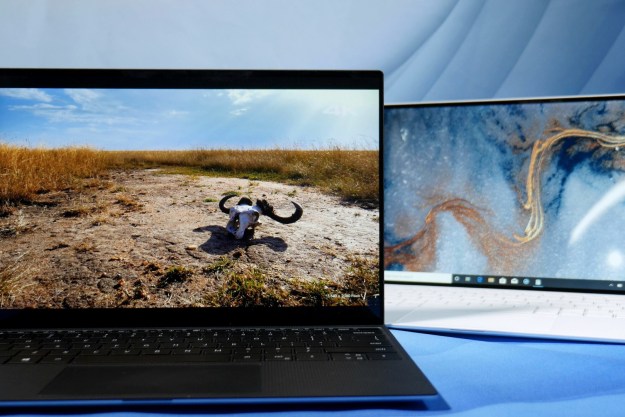
Now, however, the UltraSharp U2717D is a secret no more. In fact, it’s showing up on the official Chinese variant of Dell’s website, complete with a list of specs that you can actually read in English with the aid of Google Translate.

Measuring 27 inches, the PLS display itself bears an Ultra HD resolution of 2,560 x 1,440 with the classic 16:9 aspect ratio, 1,000:1 contrast ratio, and a maximum brightness of 350 cdm/m². And, if the English translation is to be believed, the panel will cover 99 percent of the sRGB color palette. Monitors like these are calibrated by Dell in-factory and assures a delta-E under 2 out of the box, making for a nearly exactly accurate color space.
Related: Ultra-Ultra-wide, 8K, and 144Hz curved: 2016 is going to be big for big monitors
As for the response time with Dell’s new UltraSharp, you can expect 8 ms gray-to-gray, or 6ms in “quick mode,” as well as a non-variable refresh rate of a mere 60Hz. For photo and video work, these specs should be seamless enough.
But, the most important question is, just how thin are these super-thin bezels. Well, on the top, left, and right sides, they’re about 7.3mm wide, while the bottom end totes a still-solid 8.4mm width.

Every U2717D ships complete with DisplayPort 1.2, Mini DisplayPort 1.2, and HDMI 1.4 inputs, as well as DisplayPort output in the chance you want to daisy chain to any additional monitors. Impressively enough, all of this is accompanied by a four-port USB 3.0 hub and a headphone jack as an added bonus.
While pricing for the rest of the world has yet to be revealed, the Chinese product page for the U2717D suggests a 5,999-yuan price tag, a little more than $900. Every monitor from Dell ships with a three-year warranty as well as a zero-bright-dot guarantee, negating the need for concern over dead pixel mishaps. It’s presently unclear when we’ll be seeing this monitor pop up in the U.S., but it could be worth your consideration if you’re employed in a creative field.
Editors' Recommendations
- Why I’m excited about Dell’s new 120Hz UltraSharp monitors
- Dell’s new 6K UltraSharp refuses to sacrifice pixel density for size
- Dell’s new UltraSharp display comes with a huge top bezel for 4K video calls
- Dell’s UltraSharp 32 HDR takes on Apple’s ProDisplay with 2,000 mini-LED zones
- Dell launches new 27-inch gaming monitors, starting at just $279


